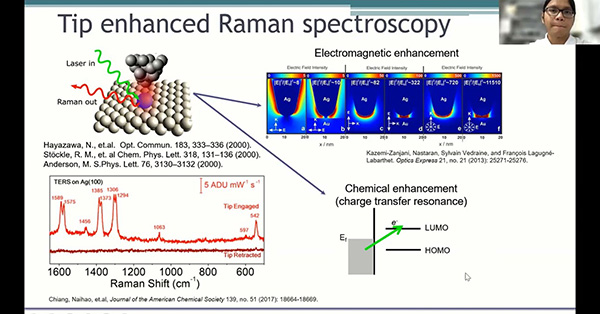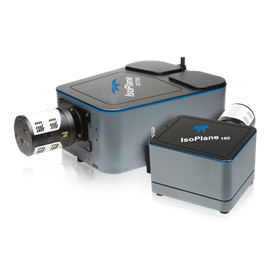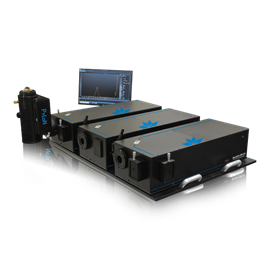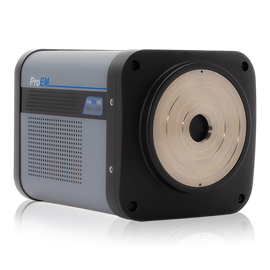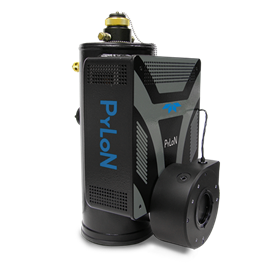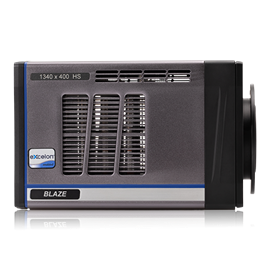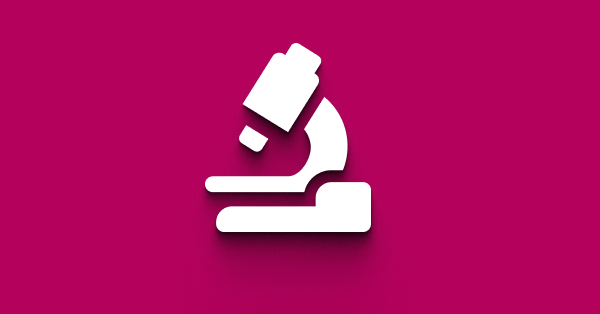Resonance Raman Spectroscopy
One of the central problems in Raman spectroscopy is when a substance absorbs laser beam energy and generates a strong fluorescence. This is especially prevalent with colored samples. However, when the laser frequency is close to the frequency of the electronic excited states, it resonates with them, causing a resonance Raman signal.
Although not all of the bands of the spontaneous Raman spectrum are enhanced, those that are become enhanced by 3-5 orders of magnitude. The molecules responsible for coloration experience the highest level of enhancement as the chromophoric group normally has the highest level of light absorption.
The highest intensity of resonance Raman signal is obtained when the laser frequency equals the first of the second electronic excited state – therefore tunable lasers are the most appropriate choice.
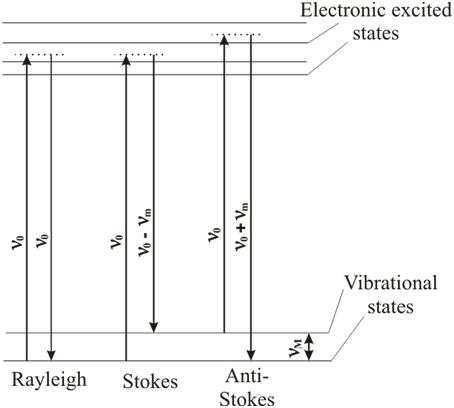
Resources from the Learning Center
View All